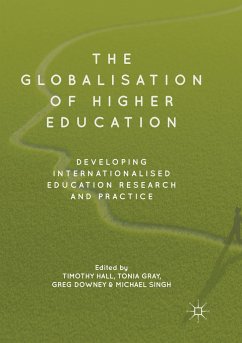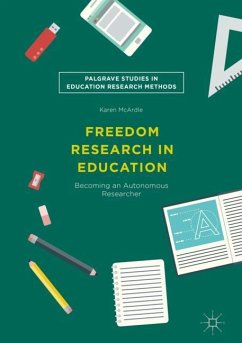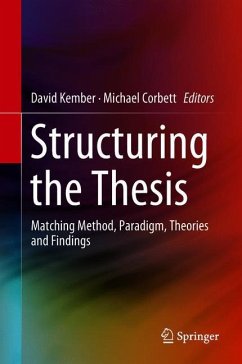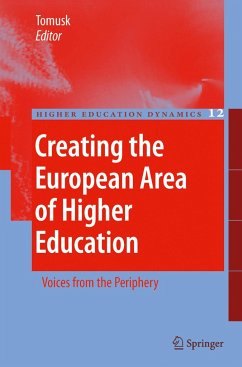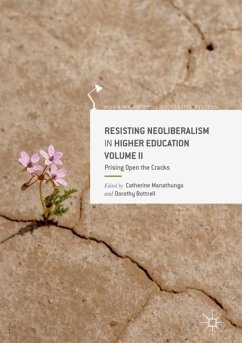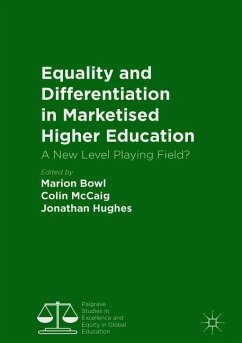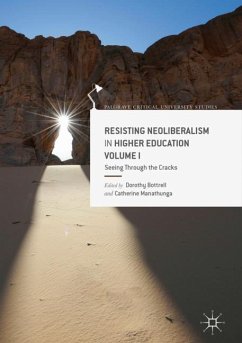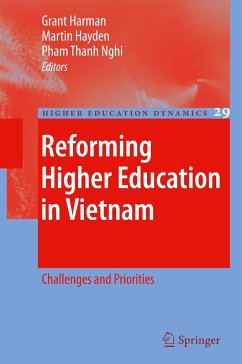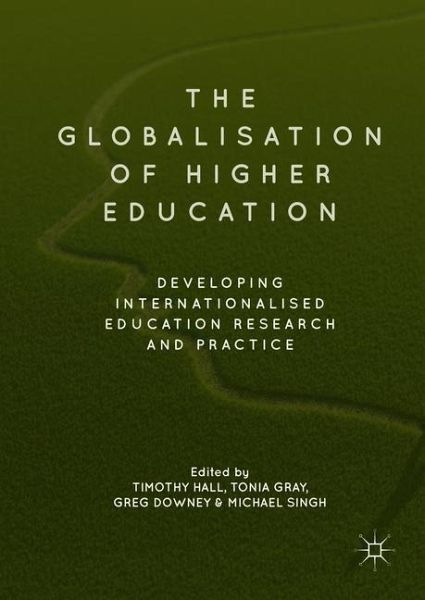
The Globalisation of Higher Education
Developing Internationalised Education Research and Practice
Herausgegeben: Hall, Timothy; Gray, Tonia; Downey, Greg; Singh, Michael

PAYBACK Punkte
57 °P sammeln!
This book argues that the neoliberal globalisation of higher education faces a need for recalibration. In light of increased concerns from universities in cultivating globalisation, this volume brings together a multi-ethnic and multilingual team of researchers who argue that the continued development of internationalized education now requires new research and practices. As university leaders seek to build the best programs to help students to go abroad, they can face a number of challenges - risk management, negotiating with diverse partners, designing rich experience-based learning and the ...
This book argues that the neoliberal globalisation of higher education faces a need for recalibration. In light of increased concerns from universities in cultivating globalisation, this volume brings together a multi-ethnic and multilingual team of researchers who argue that the continued development of internationalized education now requires new research and practices. As university leaders seek to build the best programs to help students to go abroad, they can face a number of challenges - risk management, negotiating with diverse partners, designing rich experience-based learning and the hopes, fears and limitations of the students themselves. Consequently, the authors argue that changes are particularly important given the current US-centric and UK-centric structural readjustments to globalization policies across all fields of higher education and knowledge production. This multi-perspectival edited collection will appeal to students and scholars of global education, globalization and international education.





